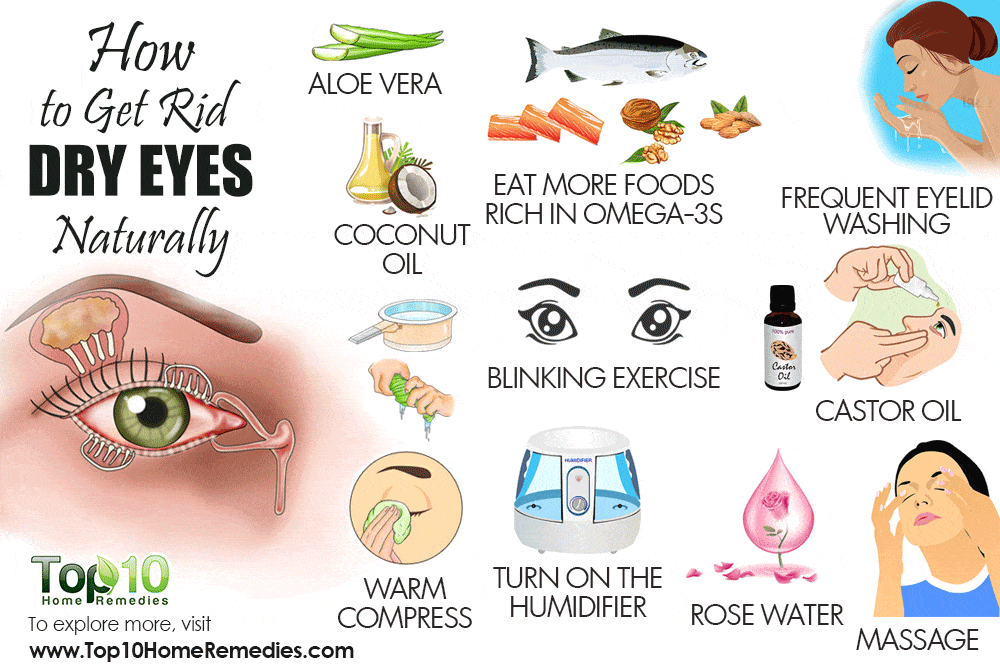Dry eyes, or xerophthalmia, represent a common ocular condition that significantly diminishes the quality of life for many individuals. This condition arises when the eyes do not produce enough tears or when the quality of tears is compromised, leading to discomfort, visual disturbance, and potential ocular complications. Implementing a well-structured eye care routine can alleviate symptoms and promote optimal ocular health. The following discussion elucidates effective strategies that are paramount for managing dry eyes.
Understanding the underlying causes of dry eyes is crucial to formulating an effective care regimen. Multiple etiological factors contribute to the development of this condition, including environmental influences, lifestyle choices, and underlying medical disorders. By acknowledging and addressing these factors, individuals can create a personalized strategy that mitigates dry eye symptoms.
Recognizing the importance of hydration paves the way for a robust eye care regimen. Adequate systemic hydration plays a pivotal role in tear production. Water constitutes a significant component of tears, and a well-hydrated body contributes to overall eye moisture. Aim to consume a minimum of eight 8-ounce glasses of water daily. Additionally, incorporating hydrating foods, such as cucumbers and watermelons, into your diet can bolster hydration levels. Monitoring your fluid intake, particularly in arid environments, is essential to maintain adequate eye moisture.
Moreover, a diet rich in omega-3 fatty acids can have a significant impact on ocular comfort. Fatty fish, flaxseeds, and walnuts are excellent sources of omega-3s that have been shown to enhance tear quality and reduce inflammation. Research indicates that individuals supplementing with omega-3 fatty acids may experience improved symptoms associated with dry eyes. Consultation with a healthcare provider regarding dietary modifications and supplementation may prove beneficial.
It is imperative to address environmental factors that can exacerbate dry eye symptoms. Prolonged exposure to air conditioning, heating systems, and digital screens can lead to increased tear evaporation. Implementing simple, yet effective environmental adjustments can create a more comfortable atmosphere for your eyes. Installing a humidifier in your living or working space can help maintain moisture levels in the air. Moreover, employing the 20-20-20 rule—taking a 20-second break to look at something 20 feet away every 20 minutes—can greatly reduce eye strain induced by screens.
Protecting the eyes from external factors, such as wind and dust, is also critical. Wearing sunglasses with UV protection can shield the eyes from harmful rays while reducing drying wind exposure. Wrap-around styles offer superior peripheral coverage to further limit exposure. Additionally, utilizing protective eyewear during outdoor activities or while engaging in tasks that generate airborne particles can fortify ocular defense mechanisms.
Another vital component of an eye care routine for managing dry eyes includes regular breaks from screen time. The digital age subjects individuals to extended periods of screen usage, which can lead to digital eye strain, presented as discomfort, fatigue, and prolonged dryness. To combat these effects, adhering to a structured schedule of intermittent breaks is recommended. In conjunction with the 20-20-20 rule, consider integrating eye exercises. Palming and gentle eye rotations can alleviate tension and improve circulation around the ocular area.
In addition to modifying environmental and screen-related factors, maintaining ocular hygiene is paramount. Proper eyelid hygiene contributes significantly to the overall health of the ocular surface. Regular cleaning of the eyelids and eyelashes can remove debris and reduce the likelihood of inflammation associated with conditions such as blepharitis, which may exacerbate dry eye symptoms. Solutions such as eyelid scrubs or warm compresses can facilitate this process. Warm compresses, in particular, can help unclog the meibomian glands, promoting the secretion of lipids that fortify the tear film and reduce evaporation.
For individuals experiencing persistent symptoms, lubricating eye drops or artificial tears may offer relief. It is essential to select preservative-free options, as preservatives can further irritate dry eyes. Typically, initial use several times a day is recommended, with gradual adjustments based on symptom severity. Beyond artificial tears, other topical therapies, including gels and ointments, may be considered for nighttime application to provide extended ocular lubrication. However, consultation with an ophthalmologist is imperative to determine the most suitable interventions tailored to individual needs.
In specific cases, occlusive treatments may be warranted. Punctal plugs are small devices inserted into the tear ducts to impede tear drainage, thereby prolonging the availability of tears on the ocular surface. This procedure, usually performed by an eye care professional, can substantially diminish dry eye symptoms for some individuals. Exploring these options is advisable, especially when conventional interventions yield suboptimal results.
Integrating eye exercises into a daily regimen can further enhance ocular wellness. Simple exercises, such as blinking frequently and performing eye rotations, can stimulate tear production and facilitate ocular lubrication. Additionally, engaging in mindfulness practices, which often involve focusing on visual stimuli at varying distances, can reduce overall stress and tension, indirectly contributing to improved eye comfort.
Moreover, individuals should be aware of their medication intake, as certain pharmacological agents may contribute to dry eyes. Common culprits include antihistamines, diuretics, and antidepressants. If you suspect that your medication may be exacerbating your symptoms, it is prudent to discuss potential alternatives with your healthcare provider. Adjusting dosages or switching to formulations with fewer side effects may provide relief.
In conclusion, combating dry eyes necessitates a multi-faceted approach that encompasses lifestyle modifications, environmental adjustments, and effective ocular therapies. By prioritizing hydration, dietary considerations, and implementing an array of protective measures, individuals can create a comprehensive care regimen tailored to their unique circumstances. Regular engagement with eye care professionals to tailor treatments and monitor the progression of symptoms is vital to ensuring the longevity of ocular health. Taking charge of your eye care routine is not merely a suggestion—it is a challenge to embrace an initiative that invariably improves quality of life. Be proactive—your eyes require and deserve your attention.
